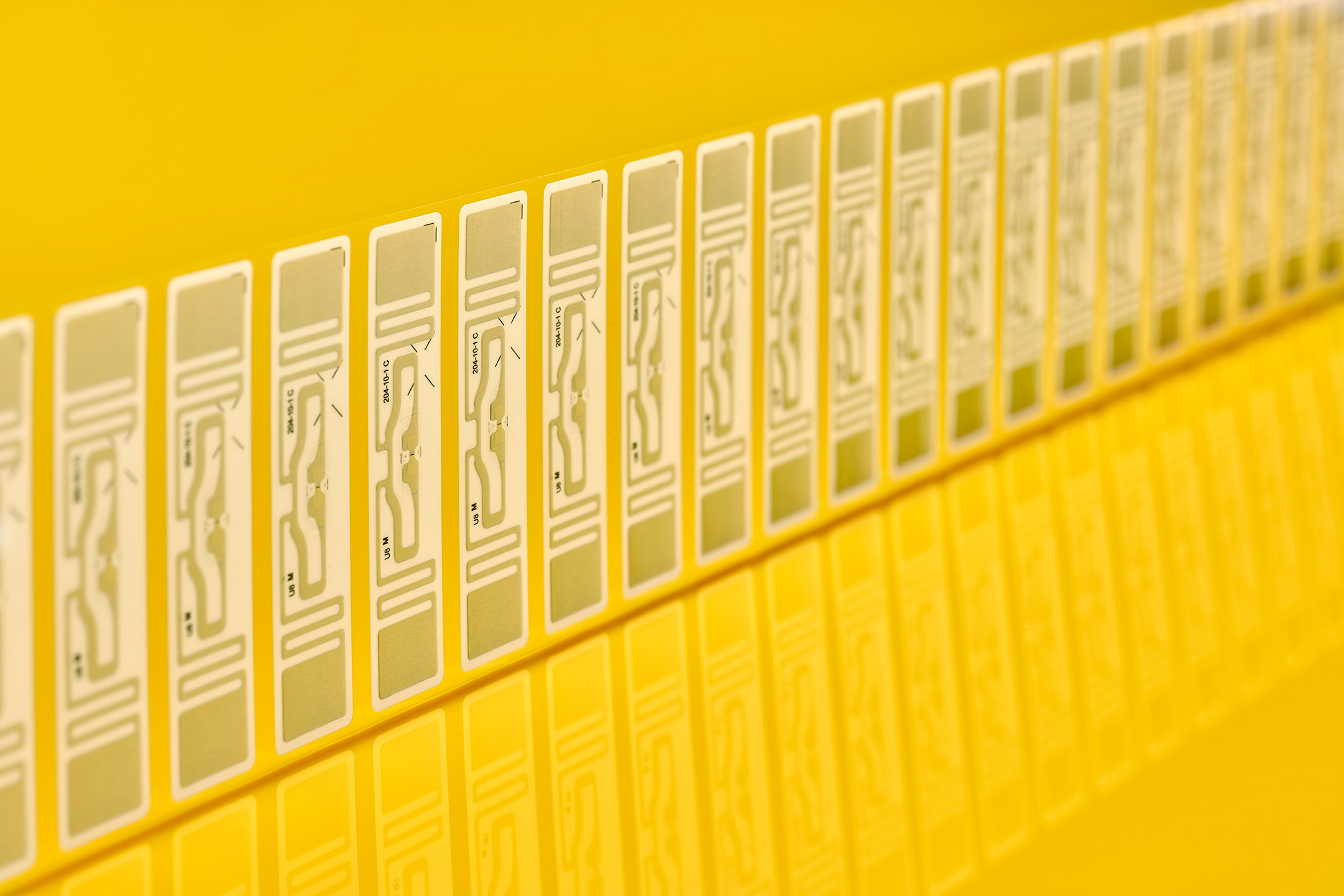When to use them?
Both gum twins and transfer tape offer a solution for attaching dry RFID inlays in applications where wet inlays won’t work. Here are some of them:
Challenging surface. Wet inlays work best on cardboard and paper. For curved or rough surfaces, or those likely to be contaminated with dust or moisture, dry inlays are the better choice, because they allow users to apply an adhesive that will hold up better in such surfaces.
Extreme environments. For RFID tags that will be applied or deployed in hot, cold, or wet conditions, dry inlays can be made with adhesives engineered to withstand such environments, ensuring reliable adhesion and ongoing RFID functionality. Using gum twins for the tag, particularly, provides extra reinforcement, thanks to the presence of face material covered on both sides with adhesive.
Creating a removable tag. Most standard adhesives used with RFID tags are permanent. But some products, like clothing, electronics, and multiple-use logistics packaging, require tags that users can remove. Dry inlays paired with gum twins covered on one side with removable adhesive are perfect for this application.
Look and shape. Surface, reading environment, memory requirements, the size of the decorated label, and the size and shape of the item itself all dictate the size and shape of an item’s RFID tag. Dry inlays offer more choice for sizing and shaping the inlay to fit the application. One example is jewelry: “rat tail” RFID tags, small barcode labels with a longer strip of paper extending from one side, are frequently used on rings.




